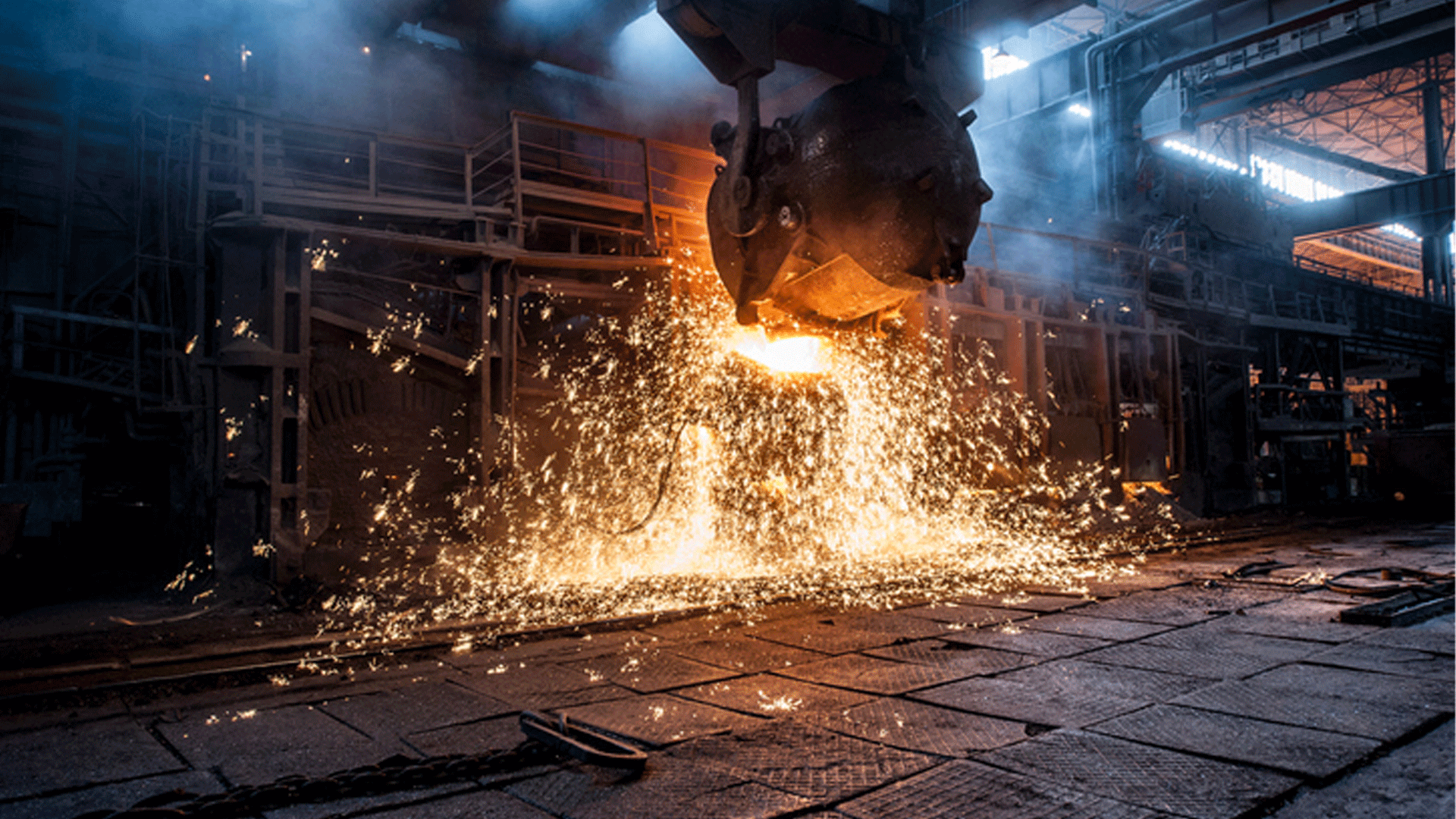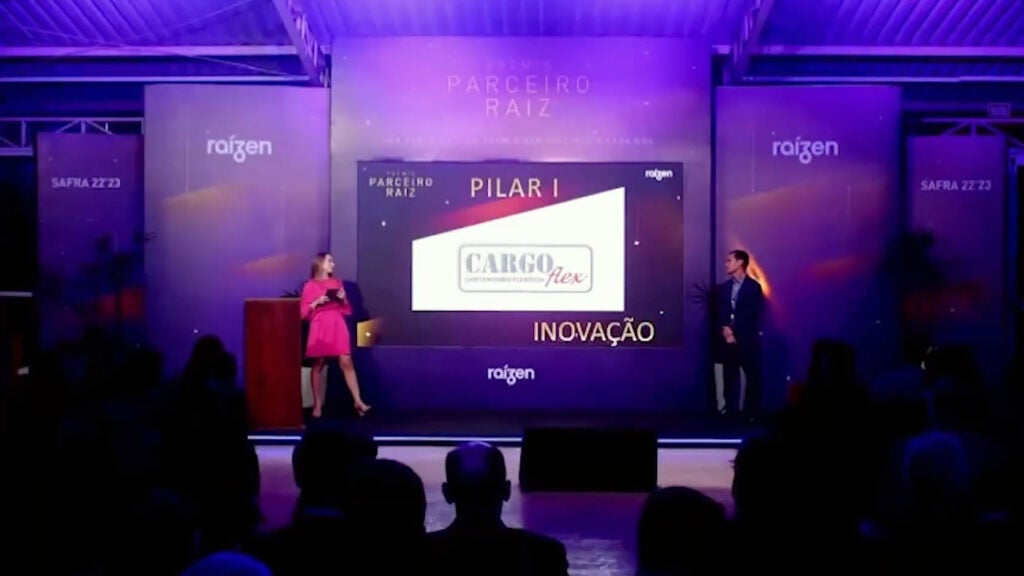The History
Electric Arc Furnace (EAF) technology prior to the 1970’s, mostly consisted of off-gas systems that were not water cooled but rather were designed with refractory lined steel plate. As the efficiency of the EAF process increased, water-cooled ducts were introduced because refractory lined ductwork was expensive to reline and the refractory linings were wearing away at accelerated rates. Water-cooled off-gas ductwork quickly became more economical than the refractory lined predecessor. Over time, EAF process loads continued to increase and even water-cooled plate ducts did not provide sufficient heat exchange. The next generation of EAF off-gas ductwork was of pipe (or tube) design water-cooled ducts, in current use today. Pipe construction water-cooled ducts are much more efficient at transferring the heat than the plate design systems because water flow rate is faster and more evenly distributed.
During the 1990’s, the advent of chemical energy packages with burner & lances came rapidly into common use. Chemical energy packages dramatically increased the efficiency of the EAF and reduced tap-to-tap times accordingly. The result, however, was a shortening of the life of water-cooled ducts. The life of water-cooled ducts, particularly those sections between the EAF roof and the drop-out box/combustion chamber went from being measured in years to months. The industry reached a point where the excess heat was at such a level that even carbon steel was no longer a suitable material for the water-cooled duct component construction. This presented a challenge because even increased flow rates were insufficient to create acceptable heat transfer and sufficient duct section cooling.
Operational Evaluations
The industry had come to a point in EAF process technology that to increase the life of water-cooled ductwork a significant change in heat transfer was required and improved materials were needed to allow operation at higher metal temperatures. To this effect, designers of water-cooled ductwork have experimented different materials from P22 pipe (aka Cr-Mo pipe), stainless steel pipe, aluminum bronze, spray-on refractory coatings and other types of coatings and spray cooling.
With the goal of operational reliability for a span of years, none of the applied methods had been able to make EAF off-gas water-cooled ductwork perform consistently or with the desired results. The owner’s evaluated many materials experiencing a wide variety of outcomes from high material cost with unacceptable return on investments, shorten life, to outright failure with the applications.
Failure Mechanisms
Thermal Fatigue Cracking occurs because the gas exposed side skin of the pipe wall or plate reaches a higher temperature than the cold side of the pipe. This temperature difference is cyclic because of the operating mode of the EAF thus resulting in low cycle thermal changes which eventually lead to fatigue cracking. Secondly, wall thinning occurs because the side of the waterwall that is exposed is exposed to high temperature corrosive gasses experiences oxidation. Because these surfaces are also exposed to medium to high velocity particulate flow, the oxidation layer is eroded by the particulate leaving new metal to re-form an oxide layer. These iron oxide layers are easily eroded because they are soft, and not very tenacious in their adherence to the base metal surface. Historically, in this industry, the answer to this problem has been to go with a thicker pipe to provide a corrosion allowance for this erosion-corrosion problem, but in most cases this simply leads to higher metal temperatures on the surface of the pipes which accelerates the erosion-corrosion mechanism. Lastly, in areas where the cool part of the operating cycle is sufficiently low, condensation of low melting point salts as well as water can be experienced. Accelerated erosion-corrosion wall thinning which may lead to initial failure due to loss of wall thickness can occur frequently in these areas. In some cases, the combination of water and contaminants from the process can create a highly corrosive environment which will result in pitting corrosion of the walls during non-operating windows. Condensation is typically experienced when the ambient air is warmer than the water being circulated through the duct. The sweating effect can also occur when the roof is swung off the furnace for charging, tapping or maintenance. During this time, the off-gas system is sucking in warm ambient air. The longer time it is allowed to suck in ambient air, the greater the propensity will be of creating this corrosive environment if the cooling water is at a lower temperature. Historically, the answer has been to install thicker pipe to combat the erosion-corrosion issue but in most cases this has led to higher metal temperatures on the surface of the pipes which accelerates the erosion-corrosion mechanism.
Successful Alternative for Duct and Hood Life Extension
Unifuse™ technology was patented by WSI resulting in a process for the fabrication of bimetallic tubes using a full fusion automated welded process. The welding parameters of the overlay are controlled through automation and designed to create an extremely low heat input during welding to minimize weld dilution and heat affected zone (HAZ) thickness. The resulting tubes are extremely ductile which allows the fabricator to execute bends necessary to achieve the final component configuration.
Unifuse™ 180 and Unifuse™ 360 for EAF Applications
With a focus on the primary failure mechanisms including wall thinning driven by erosion-corrosion, and thermal fatigue cracking caused by the cyclic operating process used in EAF plants, a successful mitigation is required for all. The unique makeup of the metallurgical composition of Alloy 625, coupled with WSI’s patented and proven weld metal overlay process provides a successful remedy for typical failure modes of EAF water-cooled ductwork and BOF water-cooled hoods. As a result, Unifuse Alloy 625 Weld Metal Overlay is changing the paradigm on how the industry will view Electric Arc Furnace water-cooled ducts and BOF water-cooled hoods by making them as permanent as other various components of the EAF, or BOF, whose life’s are measured in decades and not merely just a few years or even just months. These unusually long maintenance fee operational lifetimes make EAF water-cooled ducts and BOF water-cooled hoods fabricated from WSI’s patented Unifuse Alloy 625 Weld Metal Overlay process the lowest cost solution based on equipment replacement costs alone. Once one factors in the eliminated unscheduled down time due to premature failure or repairs, plus regained scheduled outage time to replace the carbon steel or aluminum bronze versions of the water-cooled ducts, the cost of ownership is reduced even further, making WSI’s Unifuse Alloy 625 Weld Metal Overlay process the lowest cost of ownership for an EAF water-cooled duct or BOF water-cooled hood.
WSI – The World Leader in Life Extension Solutions
Whether the furnace needs to be repaired emergently or during a planned outage, WSI has unparalleled innovative leadership backed by proven results in furnaces and boilers for longer than 40 years. WSI has the world’s largest portfolio of life extension projects and qualified procedures to handle unit specific challenges. Find out more about our various unit life extension solutions and engineered technologies at WSI.
[1] American Society of Mechanical Engineers, Boiler & Pressure Vessel Code, Section I, “Rules For Construction of Power Boilers”, ASME, New York, 2017.
[2] Industrial Technical Report, “Unifuse™ Weld Overlay: A Proven BOF Hood Reliability/Maintenance Improvement Program”, Suwanee GA. 2000.
[3] G. Lai, Unpublished information, Welding Services Inc
[4] G. Lai, Technical Report, “Superalloys & Innovative Surface Protection Technologies for Life Extension of BOF Hoods”



